
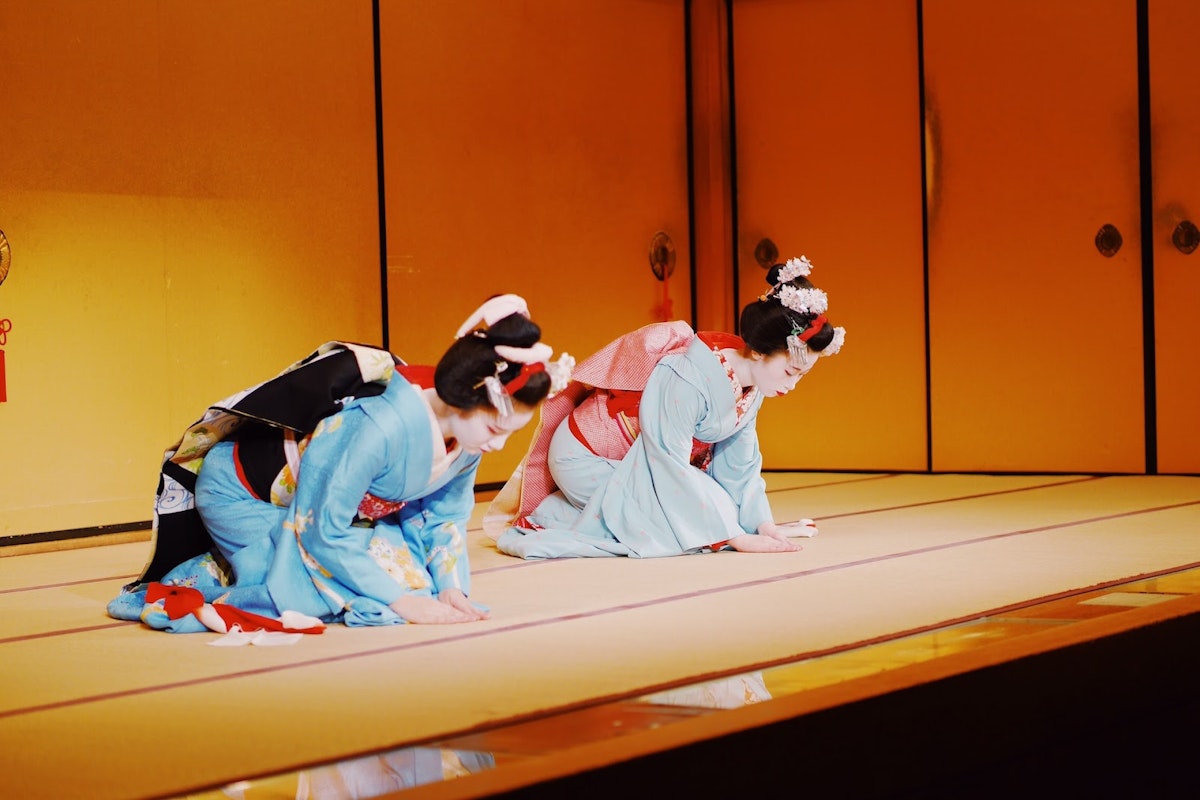
Japan is a land of ancient traditions and modern marvels, where age-old customs and cutting-edge technology coexist in perfect harmony. From the serene beauty of Japanese gardens to the raw power of sumo wrestling, this country offers a wealth of cultural experiences that captivate the senses and inspire the soul. Whether you're a first-time visitor or a seasoned traveler, exploring Japan's rich heritage is an adventure like no other.
In this article, we'll take you on a journey through some of the fascinating aspects of Japanese culture, from the spiritual significance of temples and shrines to the mouth-watering delights of Japanese cuisine. Get ready to discover the wonders of Japan and immerse yourself in the vibrant traditions of this remarkable country.
Japan is known for its spiritual heritage, which is reflected in its numerous temples and shrines. Among the most iconic destinations in Japan are Kyoto's must-see temples, which offer visitors a glimpse into the country's rich cultural history.
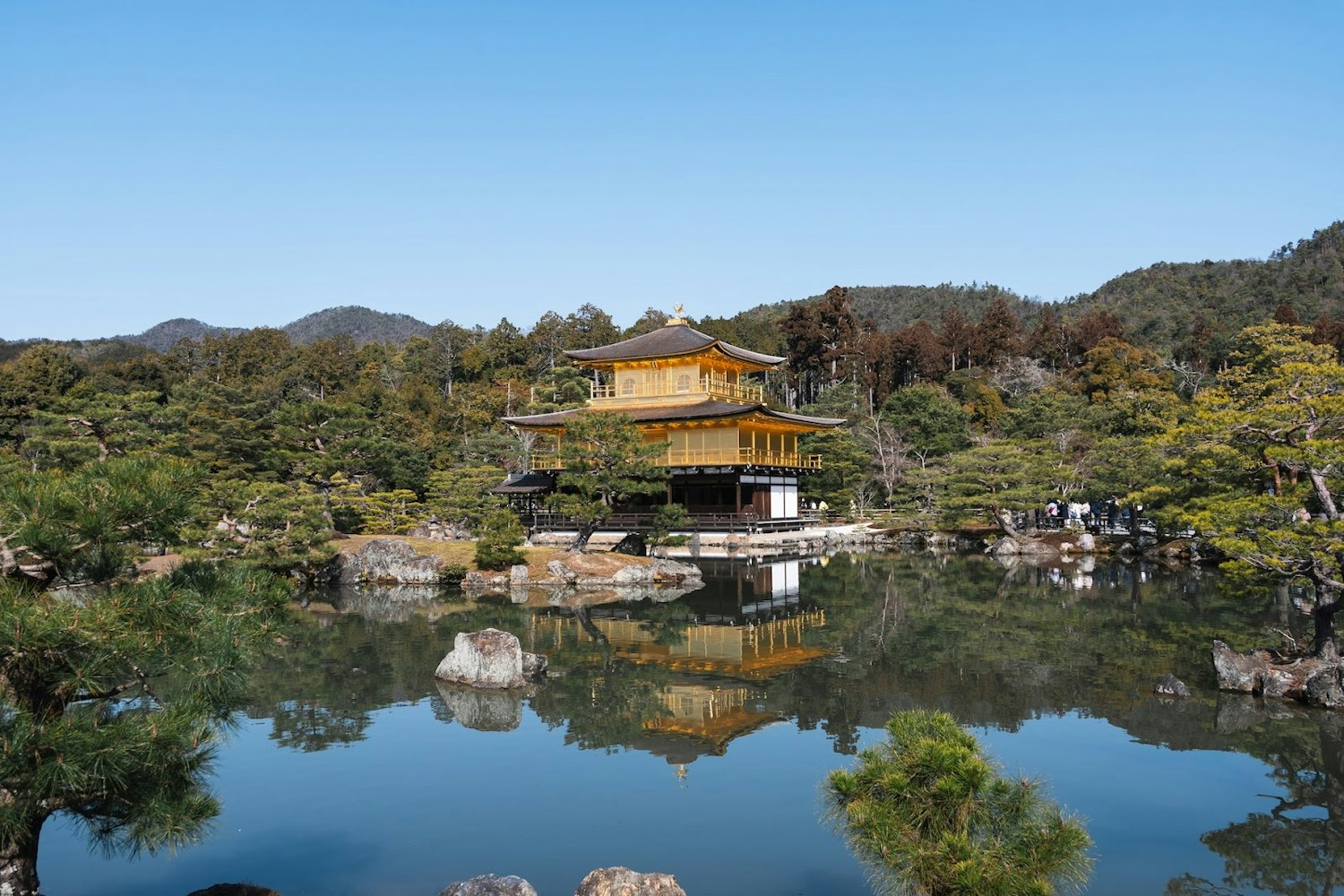
Located in northern Kyoto, Kinkaku-ji is a stunning Zen temple that is famous for its golden pavilion, which sits on the edge of a tranquil pond. The temple is a masterpiece of architecture and design, with every detail reflecting the harmony and balance that are central to Japanese aesthetics.
Perched on a hillside overlooking Kyoto, Kiyomizu-Dera is a sprawling temple complex that offers breathtaking views of the city. The temple is known for its striking wooden architecture, including a massive veranda that juts out over a steep cliff. Visitors can also explore the temple's many halls and gardens, which are filled with art and artifacts that tell the story of Japan's spiritual heritage.
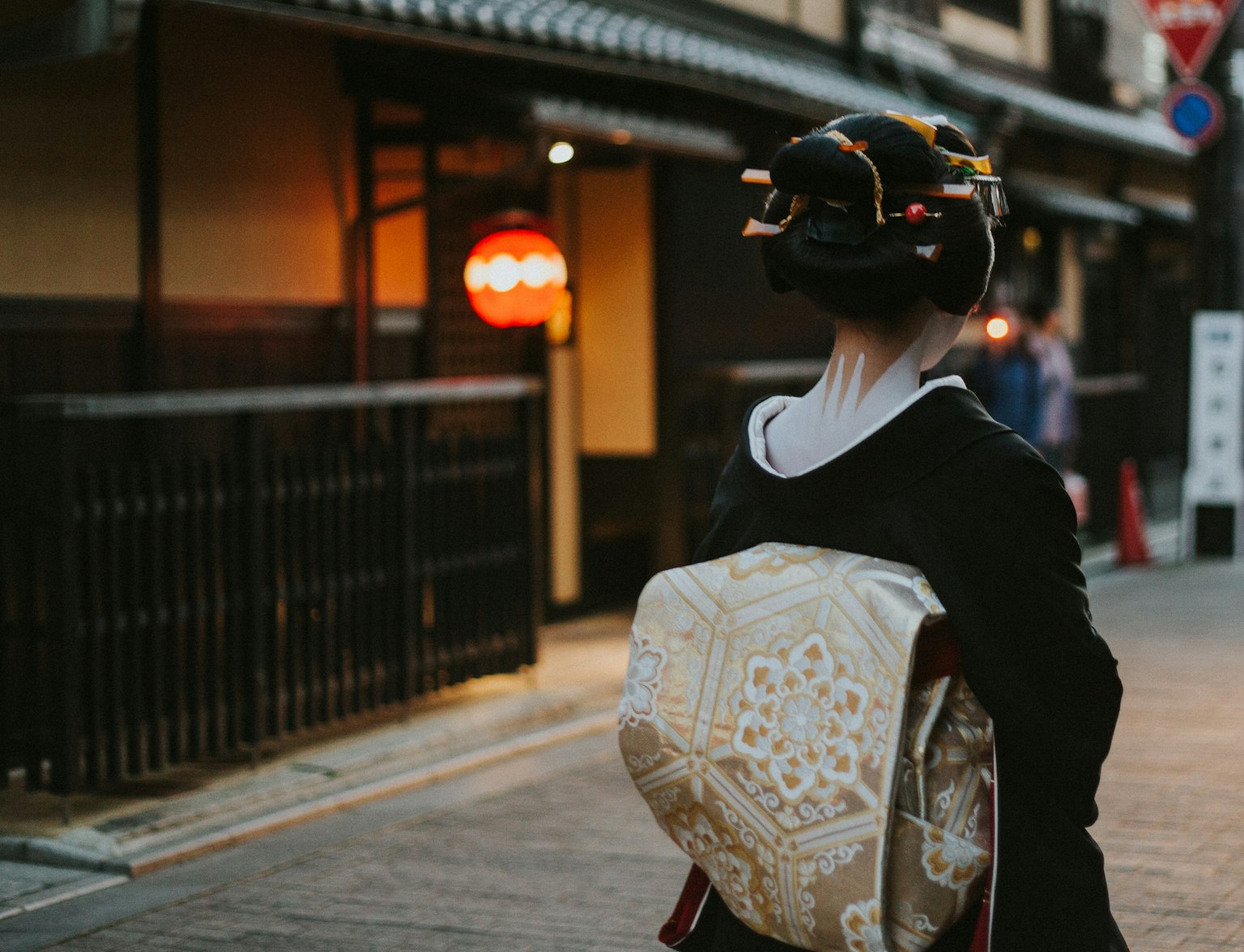
Explore Kiyomizu-Dera with this tour.
One of the most recognizable shrines in Japan, Fushimi Inari Taisha is located in southern Kyoto and is dedicated to Inari, the god of rice and prosperity. The shrine is famous for its thousands of torii gates, which form a winding path through the forested hills behind the main buildings. Visitors can walk the path and enjoy the peaceful atmosphere while taking in the beauty of the shrine's architecture and natural surroundings.
Shinto is Japan's indigenous religion, and its shrines are an important part of the country's cultural heritage. Two of the most significant Shinto shrines in Japan are the Meiji Shrine in Tokyo and Ise Jingu in Mie Prefecture.

Located in the heart of Tokyo's bustling Shibuya district, the Meiji Shrine is a tranquil oasis that offers a glimpse into Japan's spiritual heritage. The shrine is dedicated to Emperor Meiji and his wife, Empress Shoken, and is known for its massive torii gate, which stands at the entrance to the shrine's forested grounds. Visitors can explore the shrine's many buildings and gardens, which offer a peaceful respite from the hustle and bustle of Tokyo.
Considered the holiest of all Shinto shrines, Ise Jingu is located in Mie Prefecture and is dedicated to the goddess Amaterasu, who is believed to be the ancestor of the Japanese imperial family. The shrine is rebuilt every 20 years using traditional methods and materials, which helps to preserve the traditions and craftsmanship that are central to Japanese culture.
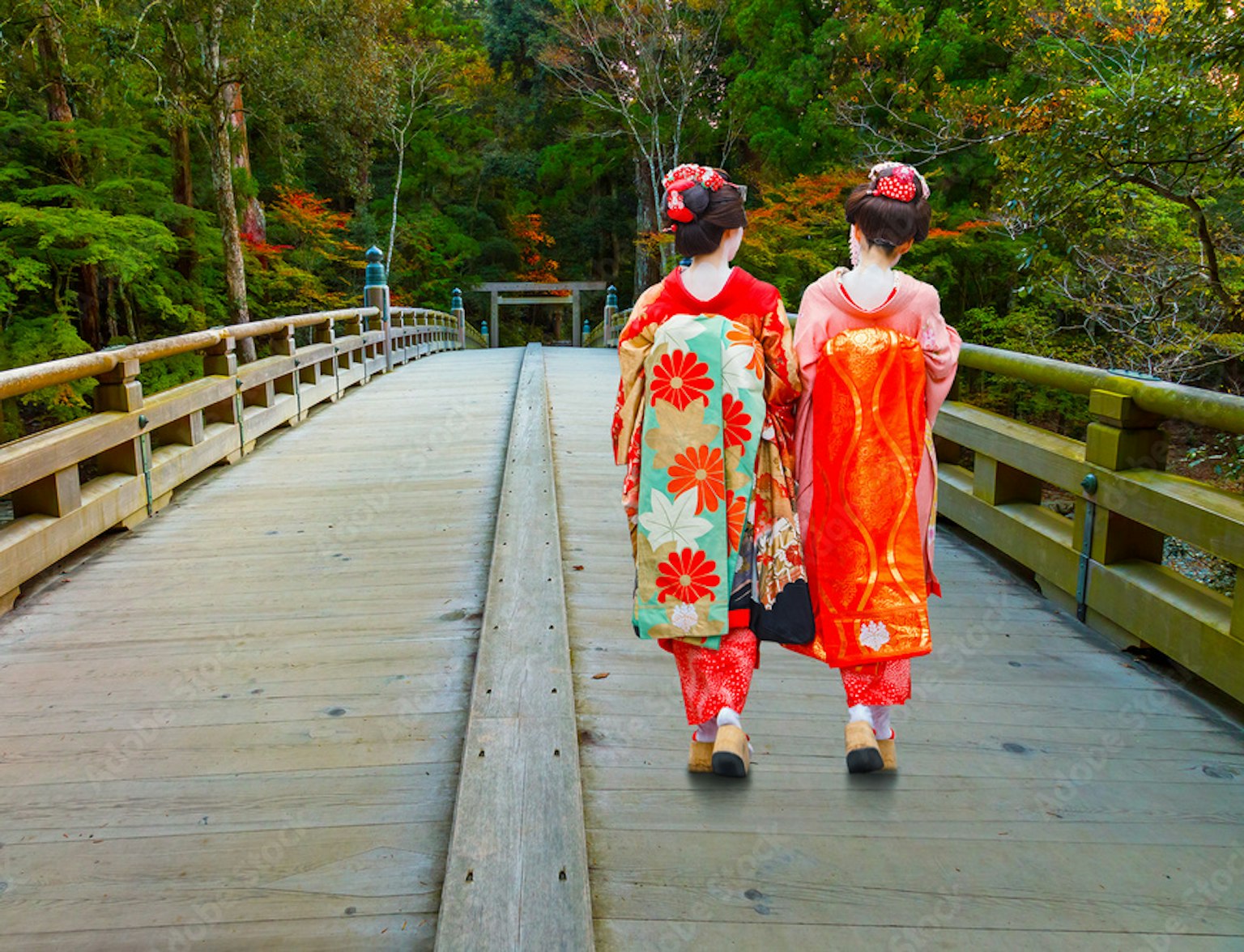
Dedicated tour for Ise Jingu.
While Kyoto's must-see temples and Tokyo's famous shrines are certainly worth a visit, there are many lesser-known temples and shrines that offer a more intimate and authentic experience of Japanese spirituality. Some of the best-hidden gems include:
Nanzen-ji in Kyoto
Tsurugaoka Hachimangu in Kamakura
Hokoku-ji in Kamakura
These and other hidden temples and shrines offer visitors a chance to experience the beauty and tranquility of Japan's spiritual heritage in a more intimate and personal way.
The Japanese tea ceremony, or chanoyu, is an art form that has been practiced for centuries and is a central part of Japan's cultural heritage. It is an experience that is both simple and complex, and it reflects many of the core values of Japanese society.
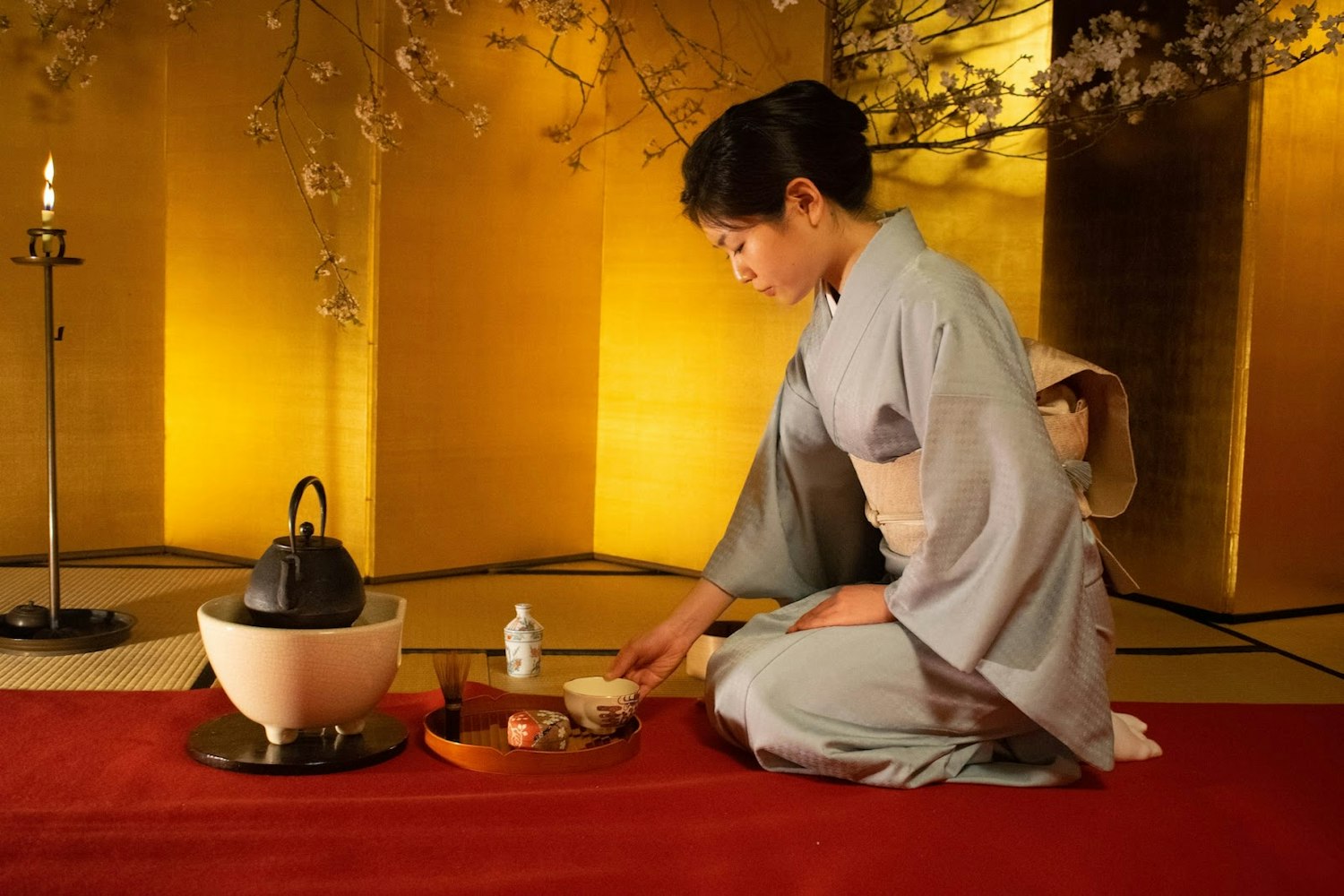
The origins of the tea ceremony can be traced back to the 9th century when tea was first introduced to Japan from China. Over time, the ceremony evolved into a highly ritualized practice emphasizing harmony, respect, purity, and tranquility. These principles are reflected in every aspect of the ceremony, from the preparation of the tea to the design of the tea room.
The tea ceremony is also deeply influenced by Zen Buddhism, which emphasizes mindfulness and the pursuit of inner peace. Through the practice of the tea ceremony, participants are encouraged to cultivate a sense of mindfulness and presence in the moment, which can help them achieve a sense of calm and tranquility.
Kyoto is known as the spiritual heart of Japan, and it is also the birthplace of the Japanese tea ceremony. Visitors to Kyoto can experience the tea ceremony at a number of different venues, including traditional tea houses, museums, and cultural centers.
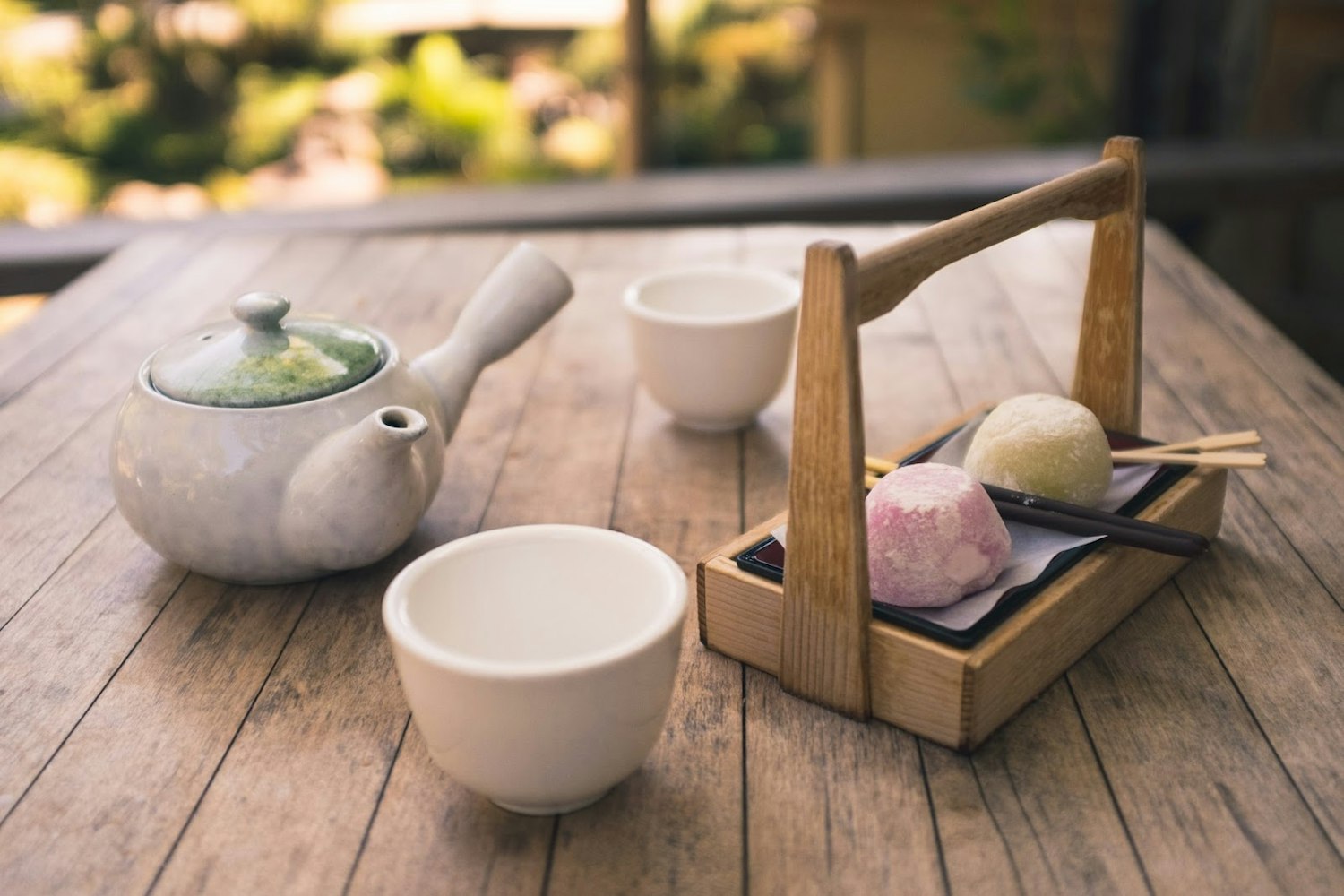
One of the most famous places to experience the tea ceremony in Kyoto is at the historic Katsura Imperial Villa. This stunning complex of buildings and gardens was built in the 17th century and is considered one of the finest examples of Japanese architecture and design.
Other popular venues for the tea ceremony in Kyoto include the Urasenke Tea Ceremony Museum and the Camellia Tea Ceremony Experience, both of which offer visitors the chance to learn about the history and philosophy of the tea ceremony and to participate in a traditional ceremony themselves.
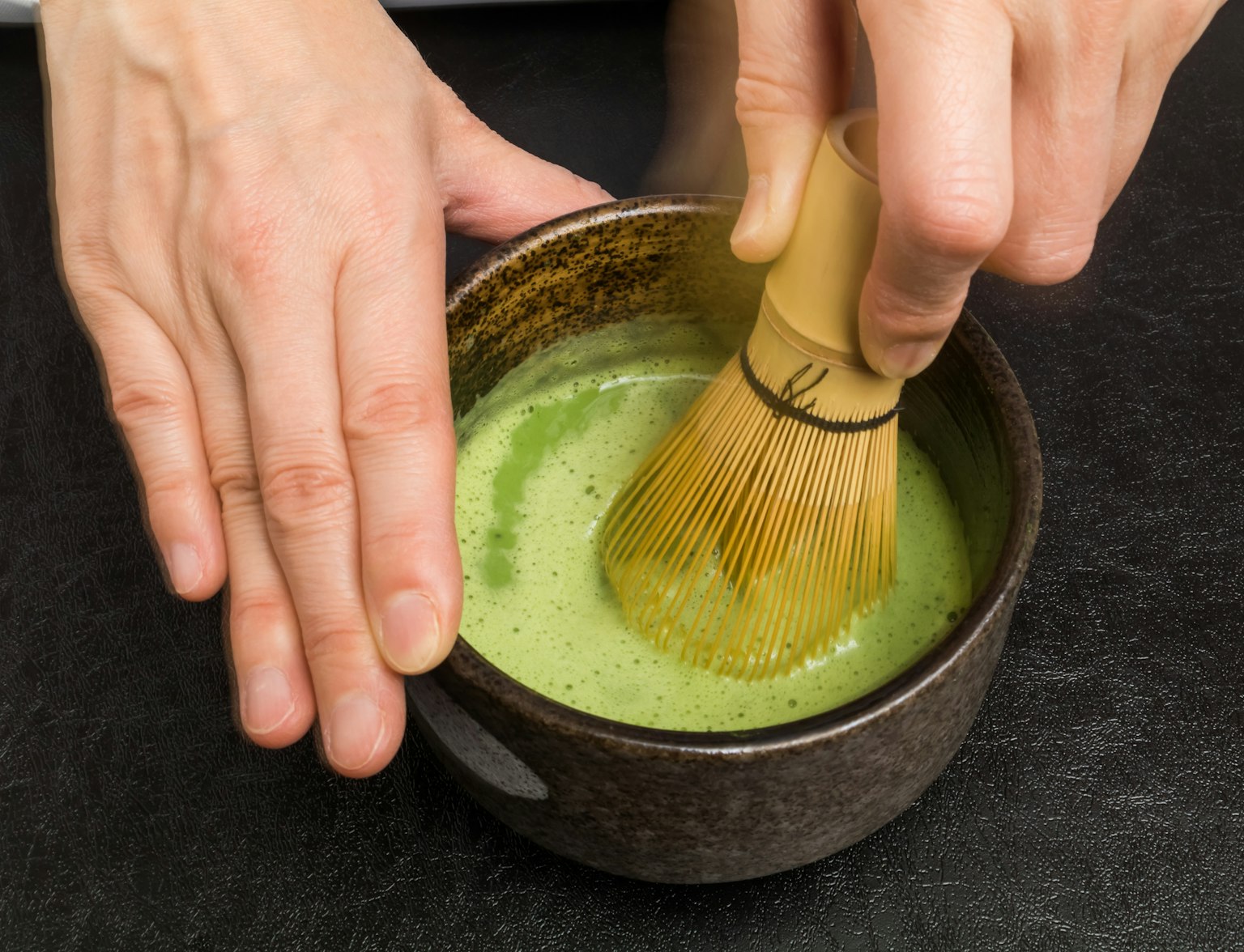
Recommended tea ceremony in Kyoto.
Japan is known for its hot springs, or onsens, which are believed to have healing properties and offer a relaxing escape from the hustle and bustle of everyday life.
Onsens are natural hot springs that are found throughout Japan, and they are renowned for their therapeutic benefits. The hot water is rich in minerals and is believed to help with a variety of ailments, including sore muscles, arthritis, and skin conditions. In addition to the physical benefits, onsens are also thought to have a calming effect on the mind and can help to reduce stress and promote relaxation.
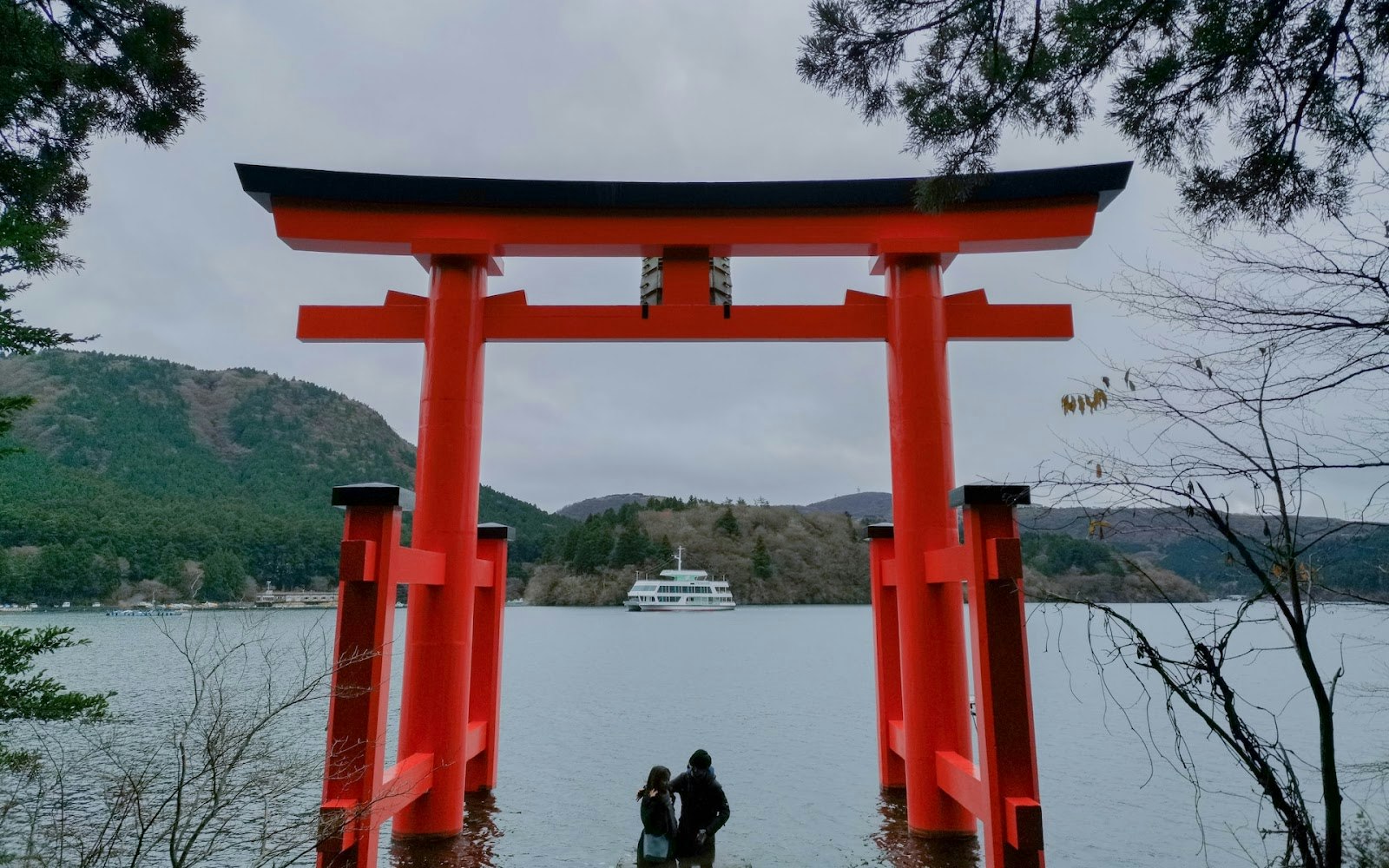
There are many onsens located throughout Japan, but some of the most popular destinations include:
Hakone: Located just a short train ride from Tokyo, Hakone is a popular destination for those looking to escape the city and relax in a natural setting. The area is home to a number of hot springs, and there are many traditional inns and resorts that offer onsen experiences.
Beppu: Located on the southern island of Kyushu, Beppu is one of Japan's most famous hot spring resorts. There are over 2,000 onsens in the area, and visitors can choose from a variety of experiences, including mud baths, sand baths, and steam baths.
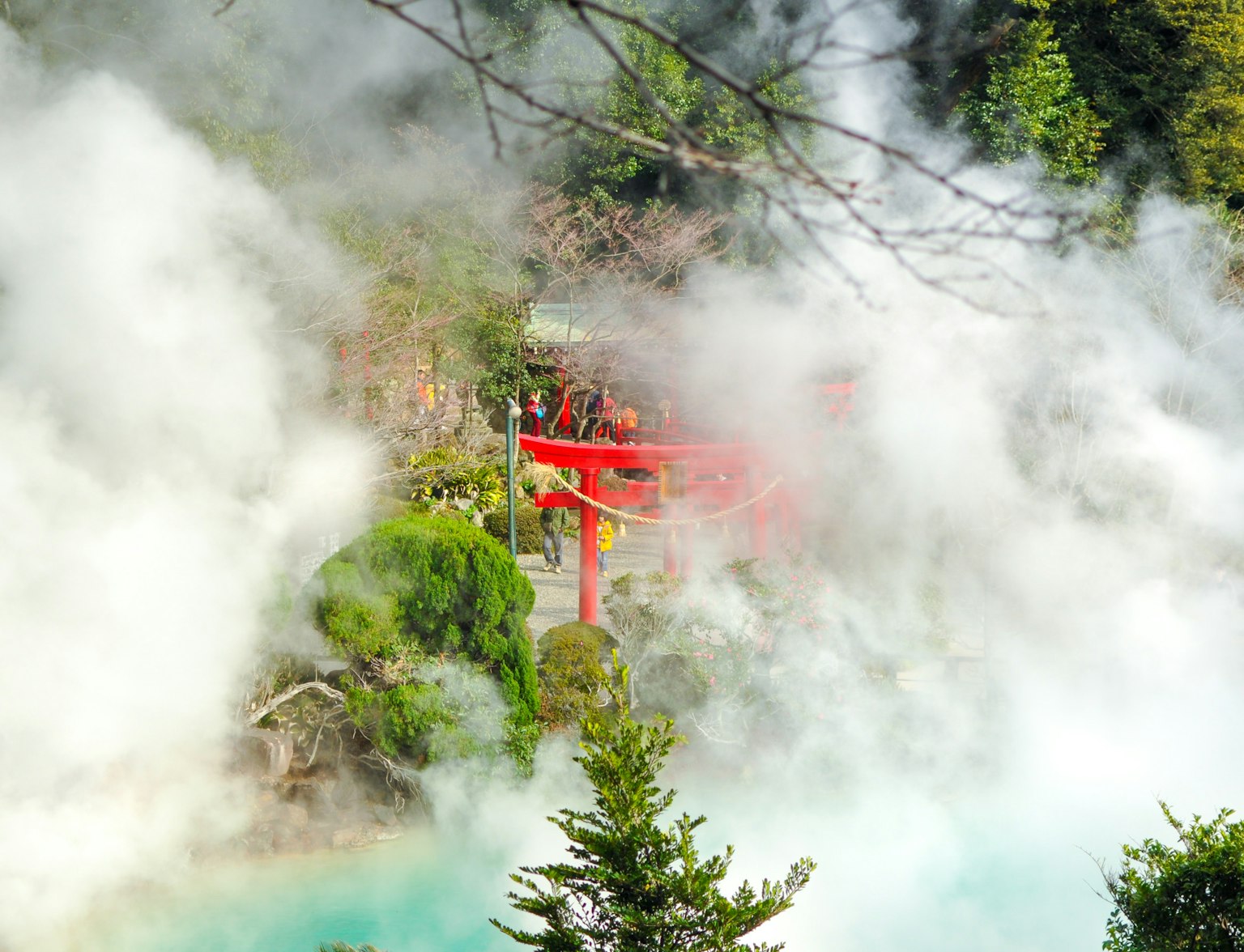
Go with the sand baths in Beppu.
Noboribetsu: Located on the northern island of Hokkaido, Noboribetsu is known for its volcanic hot springs and is one of the most popular onsen destinations in Japan. The area is home to a number of resorts and inns, and there are many different types of onsen experiences to choose from.
If you are new to the world of onsens, here are some tips to help you make the most of your experience:
Before entering the onsen, be sure to thoroughly wash your body and rinse off any soap or shampoo. Most onsens have a shower area where you can do this.
In traditional onsens, you will be required to enter the hot water completely naked. If you are uncomfortable with this, look for a modern onsen that allows swimwear.
While in the onsen, it is important to be quiet and respectful of others. Keep conversation to a minimum and avoid making loud noises.
Don't stay in hot water for too long. Most onsens recommend soaking for no more than 20 minutes at a time.
After exiting the onsen, be sure to drink plenty of water to stay hydrated.
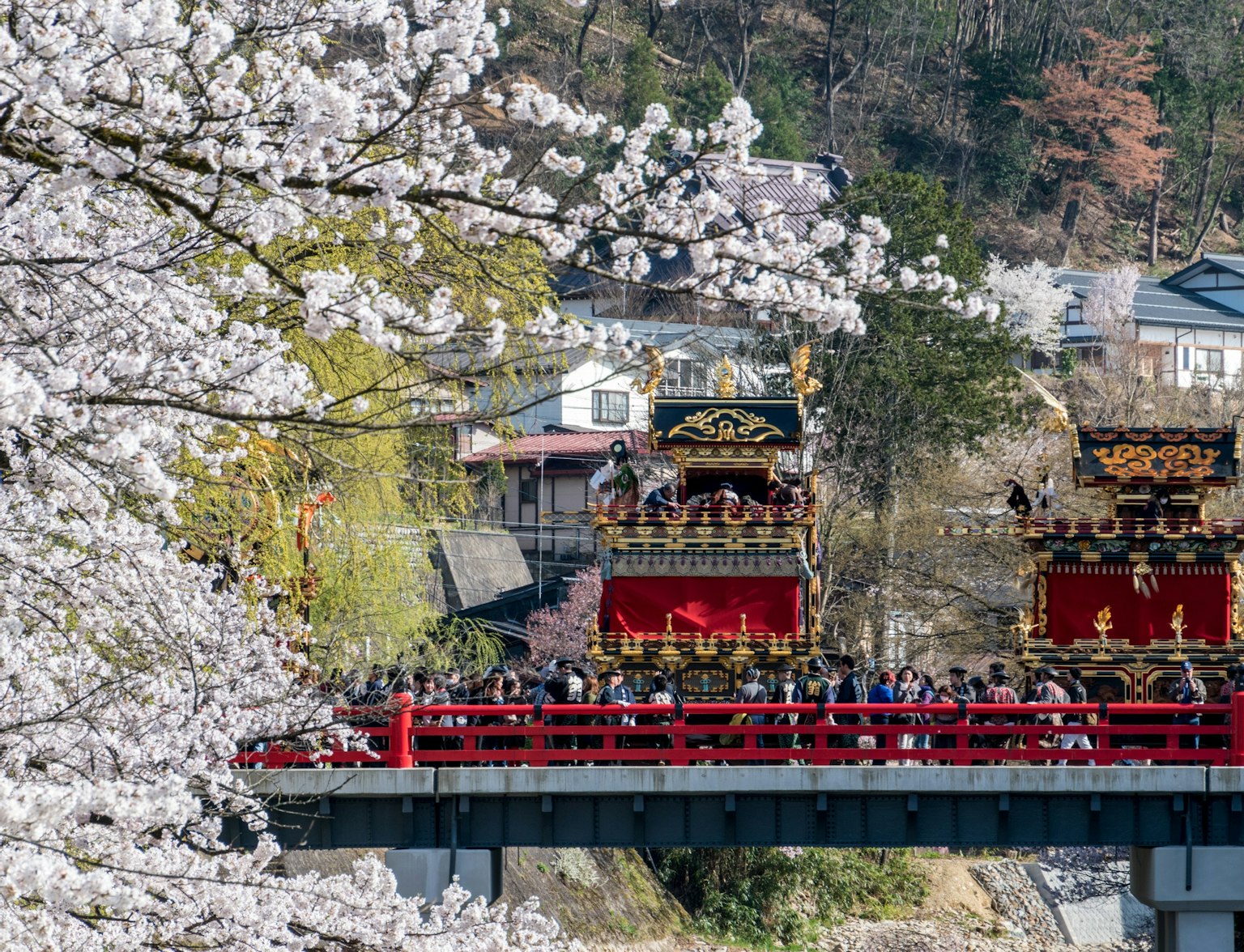
Takayama onsen experience is a must.
Japanese cuisine is a wonderful adventure for food lovers, offering a range of dishes that are healthy, flavorful, and beautifully presented. From sushi to ramen, and from Hokkaido to Kyushu, there is always something new and exciting to discover in the world of Japanese food.

Japanese cuisine is characterized by its emphasis on freshness, simplicity, and balance. Ingredients are often sourced locally and are prepared in a way that highlights their natural flavors. Dishes are typically light and healthy, and the presentation is just as important as the taste. While there are countless delicious dishes to try in Japan, here are three must-try options:
Sushi: Perhaps the most famous Japanese dish, sushi is a type of rolled or pressed rice topped with fresh fish, vegetables, or other ingredients. It is typically served with soy sauce, wasabi, and pickled ginger.

Make your own sushi with this class.
Ramen: Ramen is a type of noodle soup that is typically made with a rich broth, thin noodles, and various toppings such as sliced pork, seaweed, and green onions. There are many regional variations of ramen throughout Japan, each with its own unique flavor profile.
Tempura: Tempura is a type of deep-fried seafood, meat, or vegetables that is battered and fried until crispy. It is typically served with a dipping sauce made from soy sauce and grated daikon.
Japan is a diverse country, and each region has its own unique culinary traditions and specialties. Here are just a few examples:
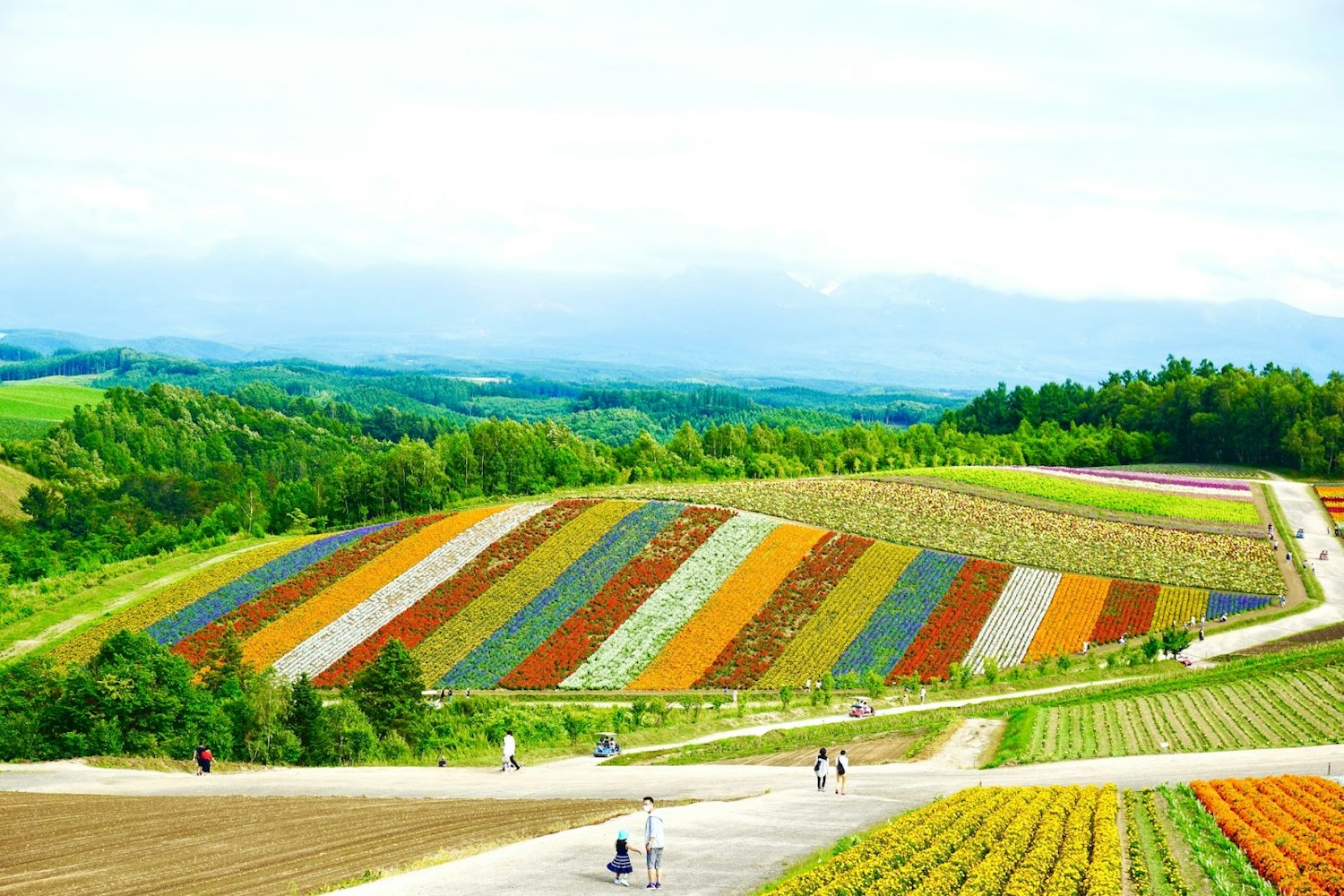
Hokkaido: Known for its seafood and dairy products, Hokkaido is a great place to try fresh sushi, crab, and dairy-based desserts.
Kansai: This region, which includes cities like Kyoto and Osaka, is known for its savory dishes, such as okonomiyaki (a savory pancake), takoyaki (grilled octopus balls), and kushikatsu (deep-fried skewers).

Savor Kansai's flavors with this tour.
Kyushu: Located in the south of Japan, Kyushu is known for its spicy dishes and hearty stews. Try the local specialty, tonkotsu ramen, a rich pork broth noodle soup.
Sumo wrestling is a fascinating and unique aspect of Japanese culture that is well worth exploring. Whether you attend a match or simply learn about its history and significance, sumo wrestling is a fascinating window into Japan's traditions, values, and way of life.
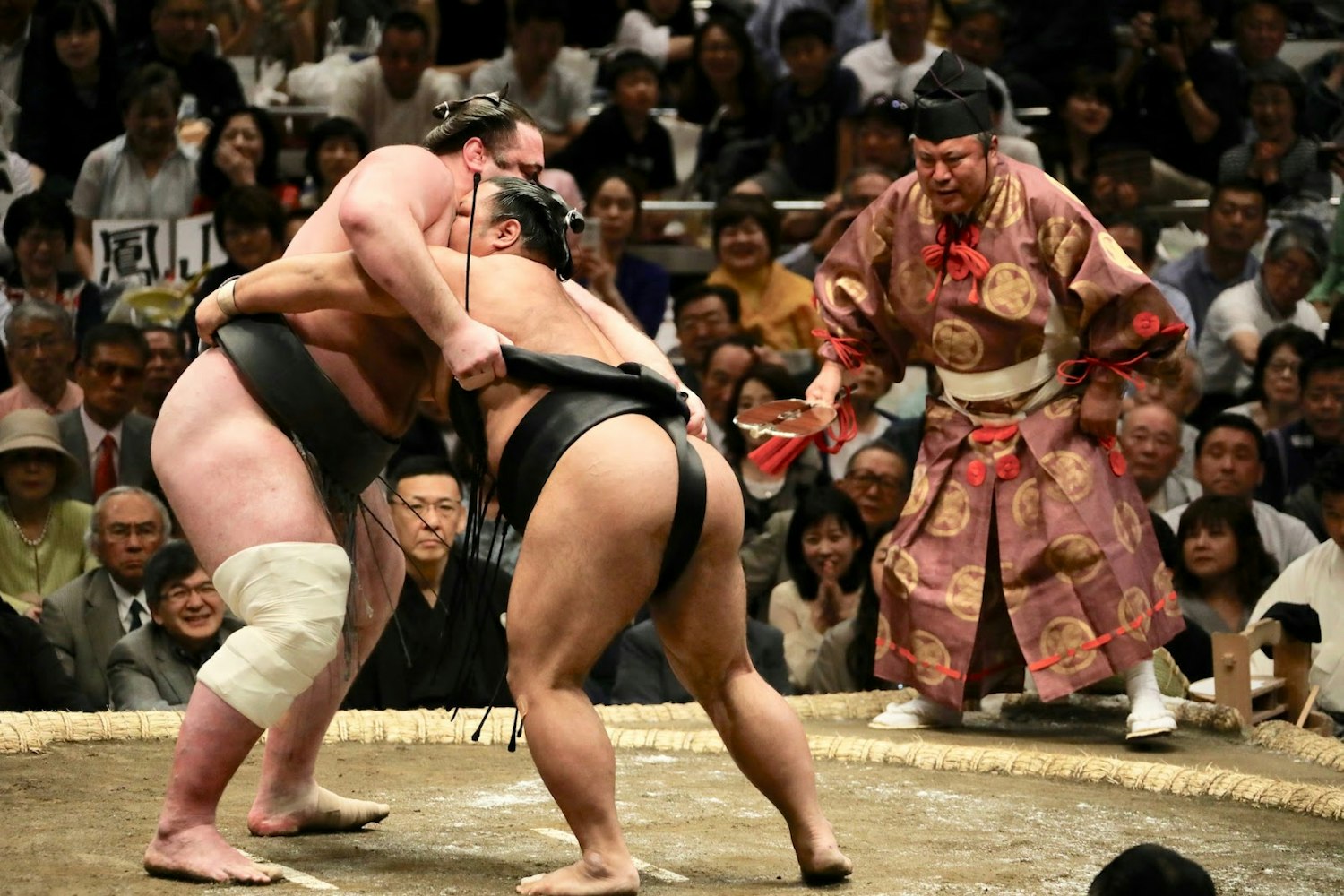
Sumo wrestling is much more than just a sport in Japan. It is a deeply ingrained cultural tradition that reflects many of the core values of Japanese society. For example:
Respect: Sumo wrestlers are respected and revered in Japanese society for their dedication, discipline, and physical prowess.
Discipline: Sumo wrestling requires a tremendous amount of discipline and training, both physical and mental.
Tradition: Sumo wrestling is steeped in tradition and ritual, and it has remained largely unchanged for over a thousand years.
National identity: Sumo wrestling is considered a symbol of Japanese culture and identity, and it is often used to promote tourism and cultural exchange.

Learn more from the retired professionals.
Attending a sumo match is a must-do activity for anyone interested in Japanese culture. Matches are held throughout the year, but the six major tournaments are held in January, March, May, July, September, and November. Tickets can be purchased in advance or on the day of the match, but they can sell out quickly, especially for popular matches.
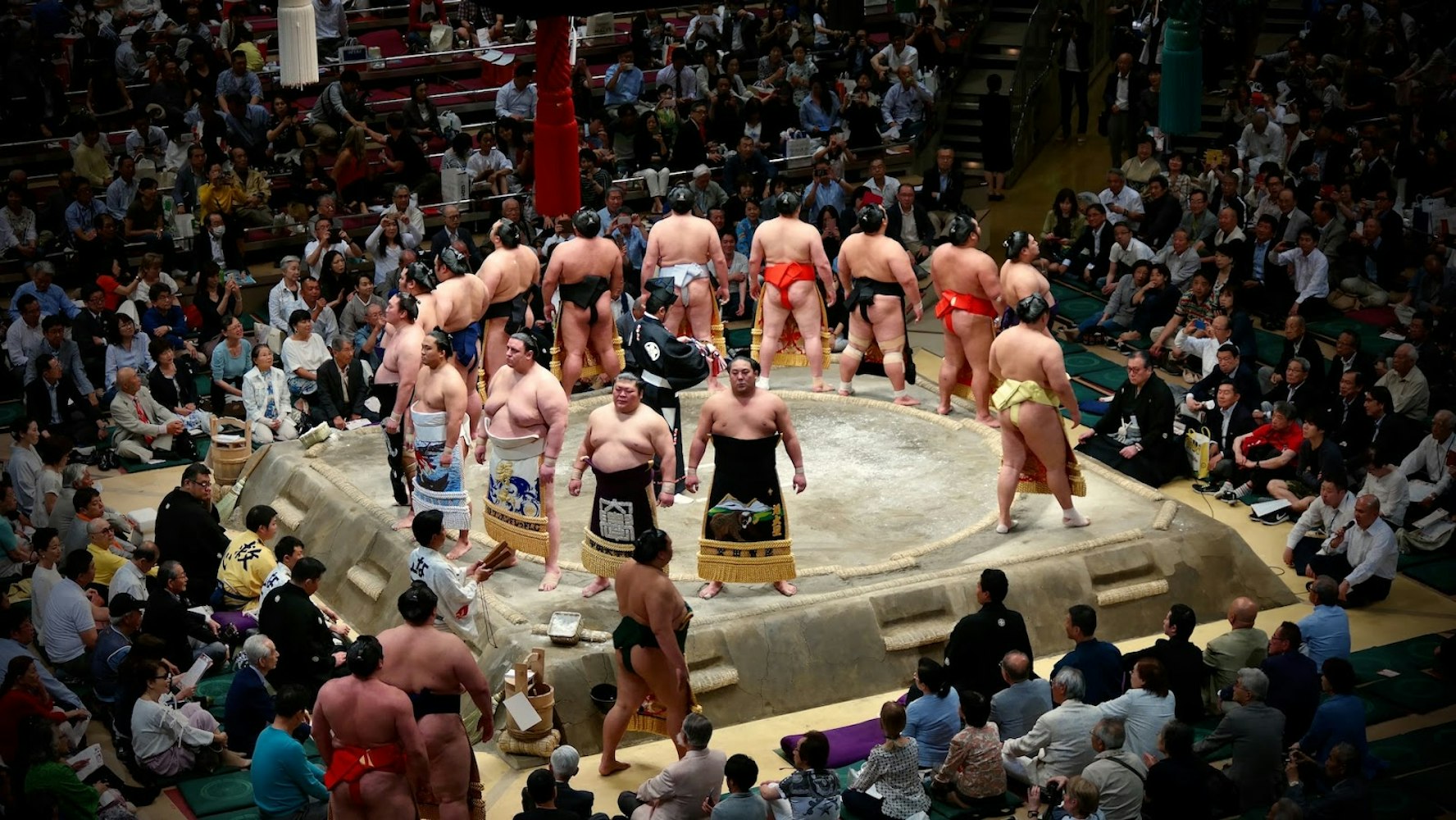
Sumo matches are held in a large arena called a kokugikan, and the atmosphere is electric. Before the matches begin, there are ceremonial rituals and performances that showcase the traditions and customs of sumo wrestling. When the matches begin, the crowd erupts in excitement, cheering on their favorite wrestlers and shouting encouragement.
Japanese gardens are a unique and captivating aspect of Japanese culture. They offer a window into Japan's aesthetics and values, and they are a wonderful way to experience the beauty and tranquility of Japan's natural landscape. Whether you visit a famous garden like Kenroku-en or explore a local garden in your area, a visit to a Japanese garden is sure to be a memorable and inspiring experience.

Japanese gardens are more than just beautiful places to visit. They reflect Japan's aesthetics and values in a number of ways. For example:
Simplicity: Japanese gardens are known for their simplicity and elegance. They are designed to be tranquil and serene, and they often feature simple, natural materials.
Harmony with nature: Japanese gardens are designed to create a sense of harmony with nature. They often feature natural elements like rocks, water, and plants, and they are arranged in a way that mimics natural forms.
Attention to detail: Japanese gardens are known for their meticulous attention to detail. Every element is carefully chosen and arranged to create a sense of balance and harmony.
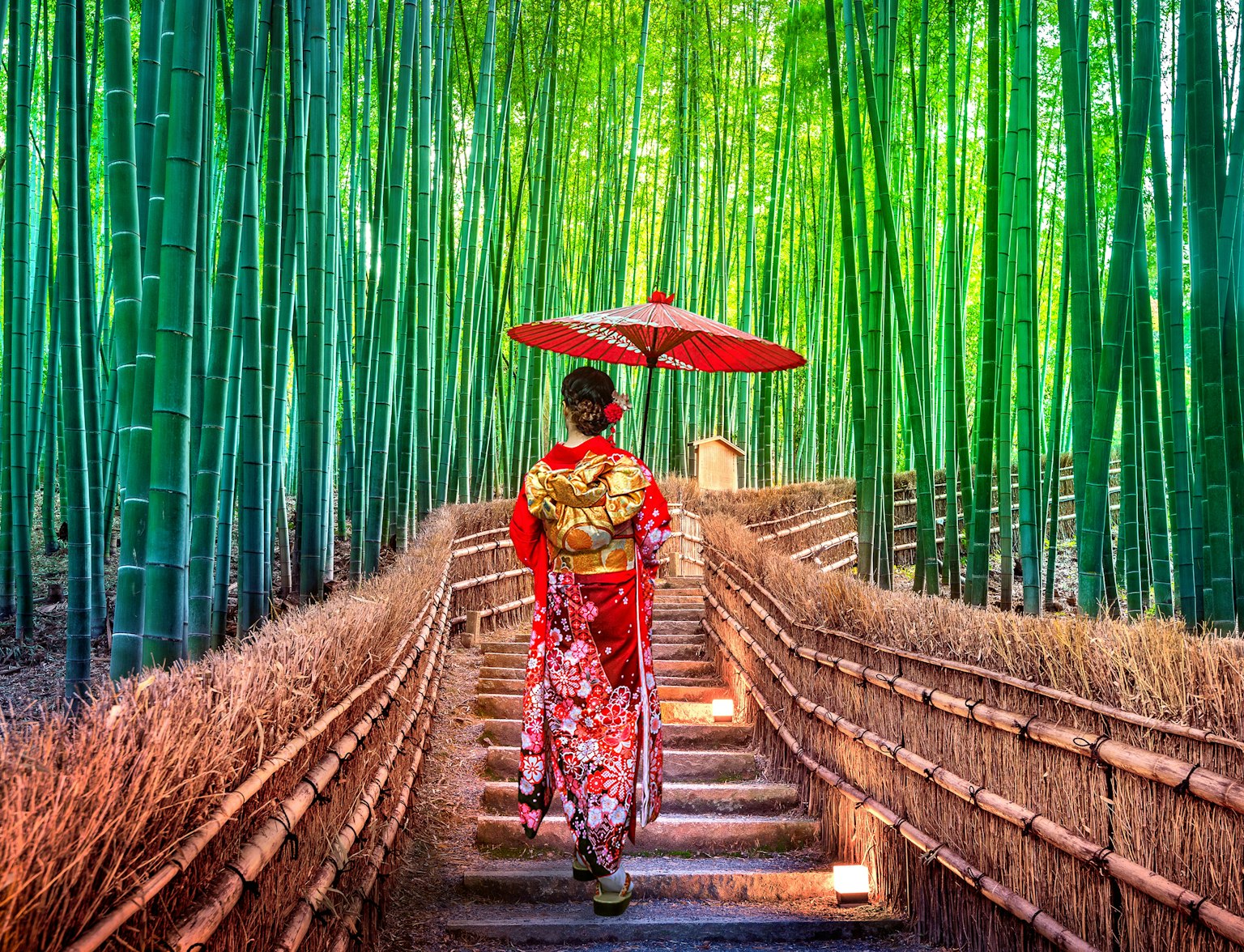
Visit Okochi Sanso Garden in Kyoto.
There are many Japanese gardens throughout Japan, but some of the most notable include:
Kenroku-en in Kanazawa: One of Japan's most famous gardens, Kenroku-en is known for its breathtaking beauty and meticulous attention to detail. It features a large pond, winding pathways, and a variety of trees and flowers.
Ritsurin Koen in Takamatsu: This garden is located on the island of Shikoku and is one of Japan's largest and most beautiful gardens. It features a large pond, a tea house, and a variety of trees, flowers, and bonsai.
Festivals in Japan are a lively and colorful celebration of the country's unique culture and traditions. From Gion Matsuri in Kyoto to Nebuta Matsuri in Aomori, there is no shortage of amazing festivals to attend and experience.
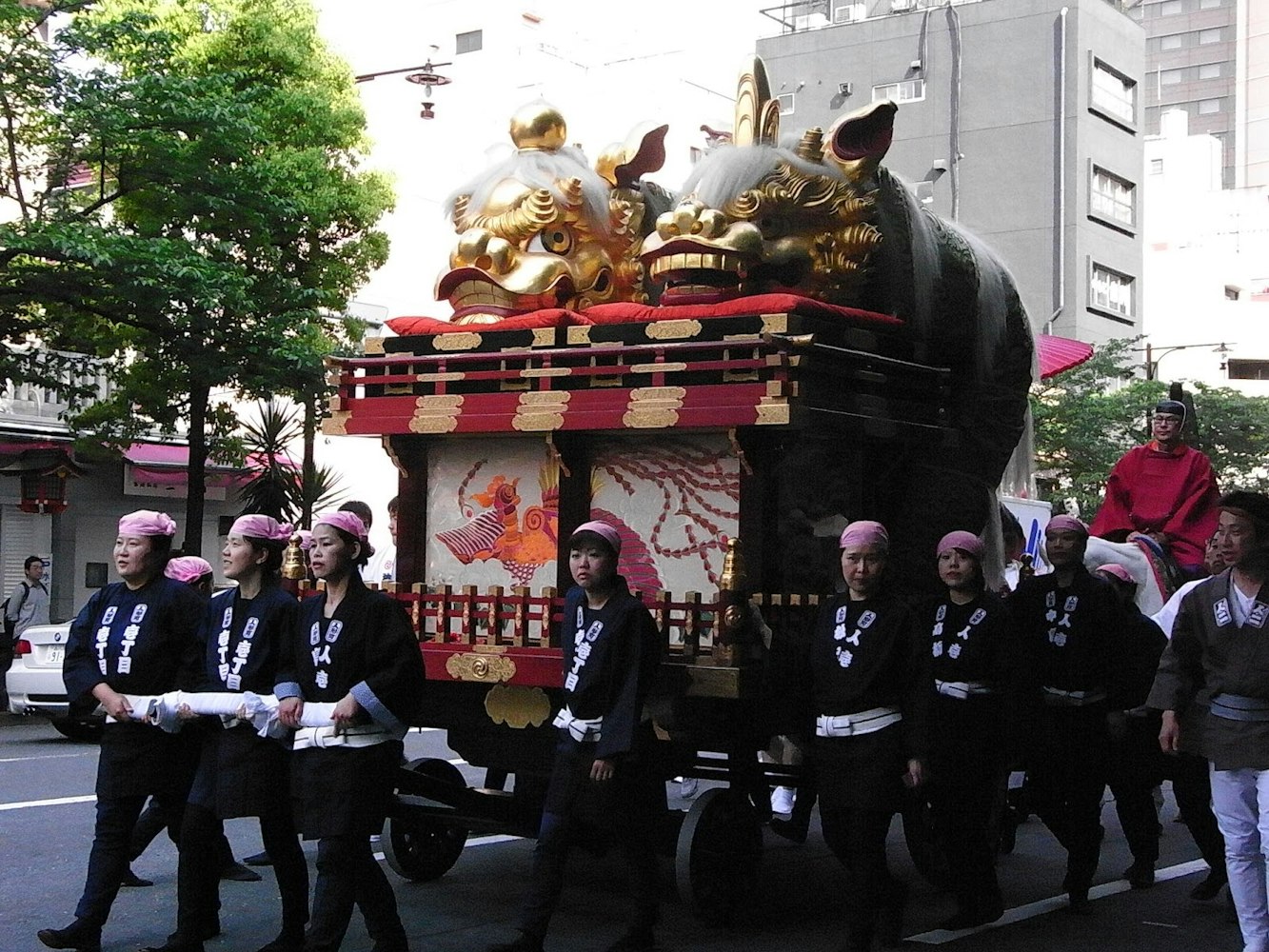
Festivals are an important part of Japanese culture and are celebrated throughout the year to mark important events, such as the changing of the seasons, harvests, and historical anniversaries. They are also an opportunity for communities to come together, celebrate their heritage and traditions, and have fun.
Festivals often feature colorful parades, traditional music and dance performances, and delicious food and drinks. Many festivals also have religious or spiritual significance and involve visits to local shrines or temples.
There are countless festivals held throughout Japan each year, but here are just a few popular ones to consider:
Gion Matsuri in Kyoto: This is one of Japan's most famous festivals and is held every July in the city of Kyoto. It features a large parade of colorful floats, traditional music and dance performances, and a variety of food and drinks.
Kanda Matsuri in Tokyo: This festival is held every other year in Tokyo and is one of the city's largest and most spectacular festivals. It features a grand procession of floats and portable shrines, traditional music and dance performances, and a variety of food and drinks.
Nebuta Matsuri in Aomori: This festival is held every August in the city of Aomori and is known for its spectacular lantern floats that are paraded through the streets. The floats are made from paper and bamboo and are illuminated from within.
While festivals in Japan are rooted in tradition, they also incorporate modern elements to keep them relevant and engaging for younger generations. For example, many festivals now feature music concerts, fashion shows, and other modern forms of entertainment alongside traditional performances.
Additionally, festivals often incorporate technology, such as drones and LED lights, to create stunning visual displays. This fusion of tradition and modernity is a reflection of Japan's ability to embrace change while still honoring its rich cultural heritage.
Japan is home to some of the world's most innovative and unique contemporary art and architecture. Whether you visit the Mori Art Museum in Tokyo or the Benesse House on Naoshima Island, you are sure to be inspired and amazed by the creativity and beauty of Japanese art and architecture. And with celebrated architects like Tadao Ando and Kengo Kuma leading the way, the future of Japanese art and architecture looks bright and promising.

Japanese aesthetics have had a significant influence on modern art around the world. The simplicity, balance, and harmony that are characteristic of Japanese art and design have inspired countless artists and designers.
One of the most famous examples of the influence of Japanese aesthetics on modern art is the work of French artist Claude Monet. His famous water lily paintings were inspired by the gardens and landscapes of Japan, and his use of light and color was heavily influenced by Japanese art.
There are many museums and galleries in Japan that showcase the best of contemporary art and architecture. Here are just a few must-visit places:
Mori Art Museum in Tokyo: This museum is located on the 53rd floor of a skyscraper in Tokyo and features a wide variety of contemporary art from Japan and around the world. It also offers stunning views of the city.
Benesse House on Naoshima Island: This unique museum is located on a small island in the Seto Inland Sea and features a collection of contemporary art and architecture. The museum is designed to blend in with the natural environment, and the exhibits are spread out across the island.
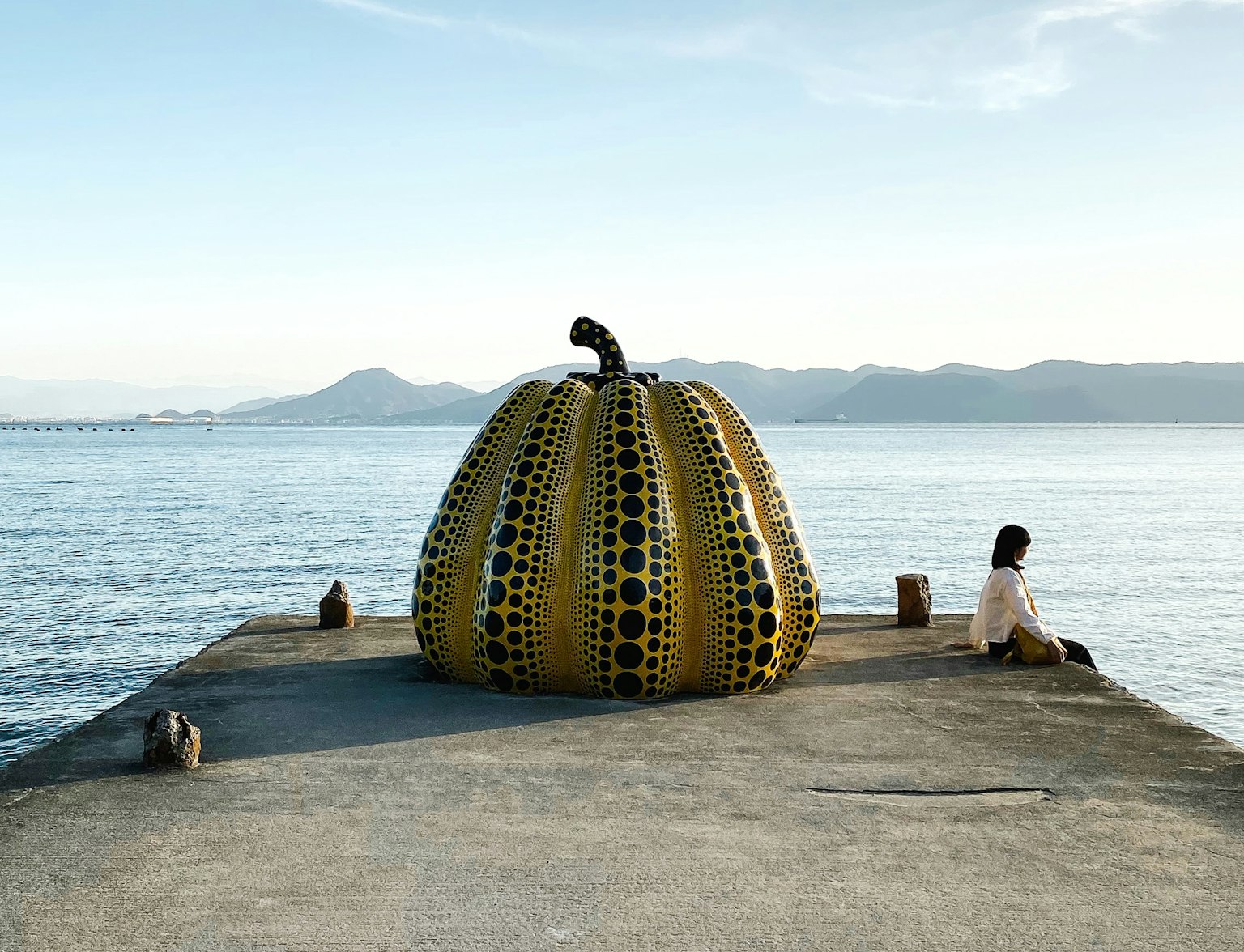
Take a look at Benesse House's stunning collections.
Japan is also home to some of the world's most celebrated architects, many of whom have created innovative and stunning works of architecture. Here are just a few examples:

Tadao Ando: This architect is known for his use of concrete and his ability to create spaces that are both simple and elegant. Some of his most famous works include the Church of the Light in Osaka and the Modern Art Museum of Fort Worth in Texas.
Kengo Kuma: This architect is known for his use of natural materials, such as wood and stone, and for his ability to create buildings that blend in with their surroundings. Some of his most famous works include the V&A Dundee Museum in Scotland and the Tokyo 2020 Olympic Stadium.
Japan is a country full of rich cultural experiences that offer visitors a unique and unforgettable journey. From exploring the stunning temples and shrines in Kyoto to savoring the tranquility of a traditional tea ceremony, from soaking in the healing waters of an onsen to indulging in the delicious flavors of Japanese cuisine, there is something for everyone in Japan.
Whether you're interested in ancient traditions and customs or cutting-edge contemporary art and architecture, Japan has it all. And with its fusion of tradition and modernity, Japan is a country that is constantly evolving while still honoring its past.
So, if you're looking for a one-of-a-kind travel experience that will leave you with unforgettable memories, Japan is the perfect destination. Explore its natural beauty, immerse yourself in its rich culture, and discover the warmth and hospitality of its people. A trip to Japan is an adventure you won't want to miss.
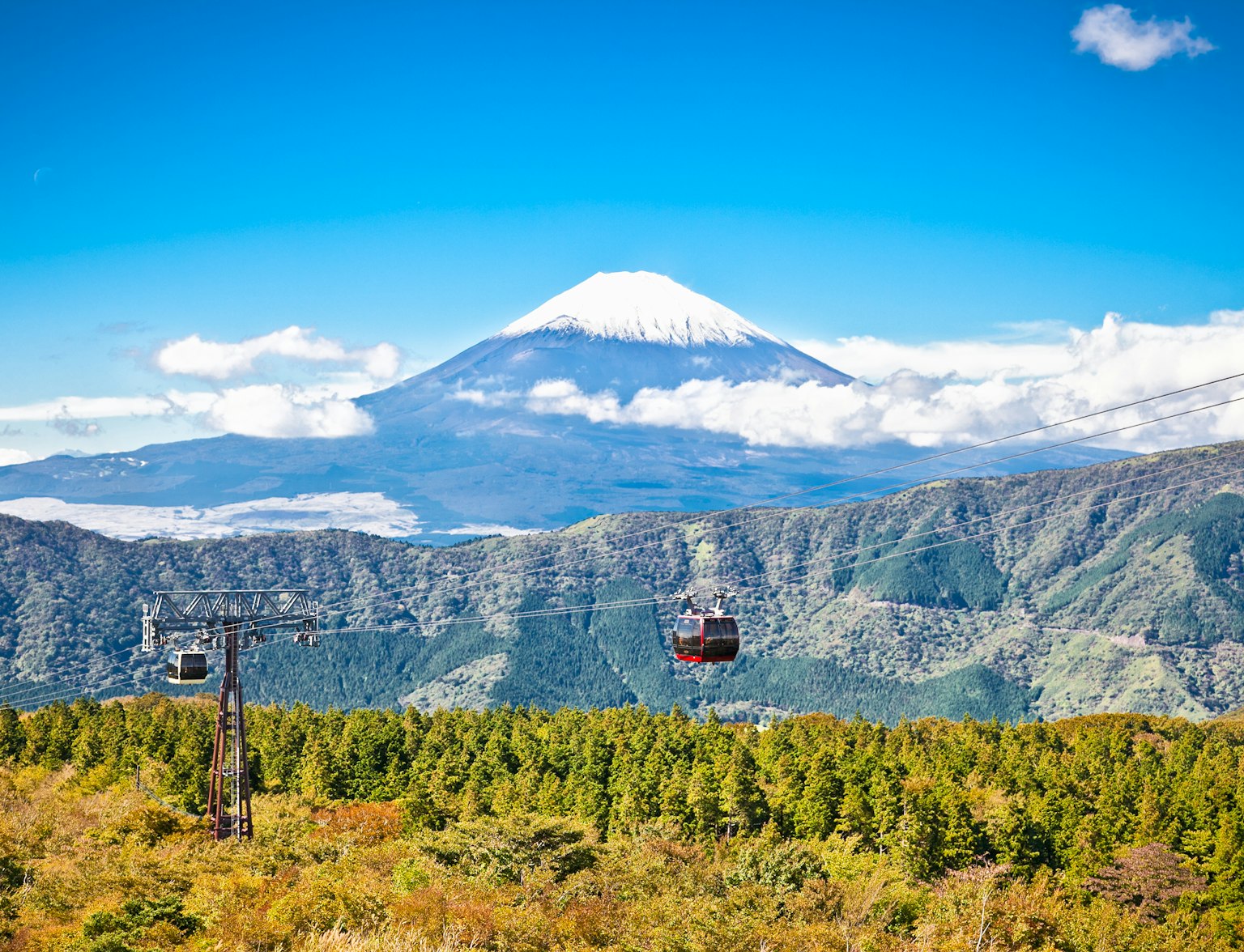
Enjoy the view of Japan's most famous landmark.



